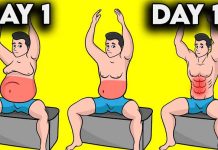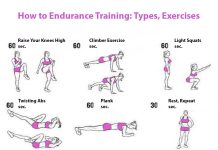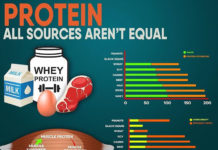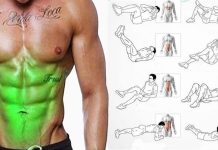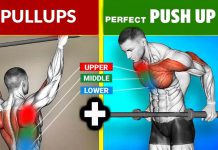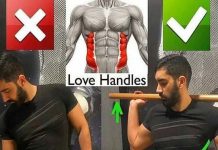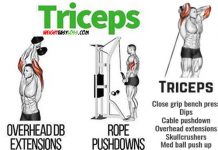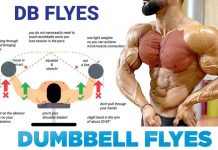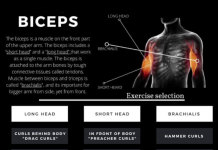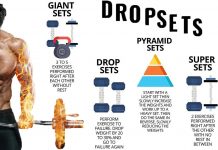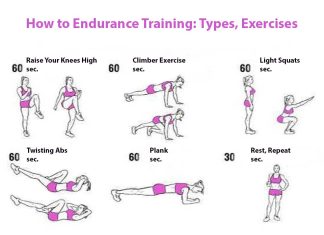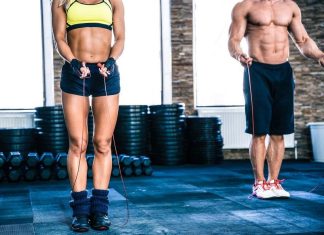🚨 SIDE RAISE MUSCLE ACTIVITY

📍I’m a huge proponent of learning your anatomy. Knowing what muscles attach where allows you to better understand movement, and eventually learn about the musculoskeletal system as a whole and how muscle work together (synergistically) to create movement.
[wp_ad_camp_4]
⠀
📍In the side raise exercise, the movement is known as shoulder abduction. The shoulder has many muscles that attach on the scapula and humerus. All these muscle work together to move the arm.
⠀
📍Scapulohumeral Rhythm
The first 30 degrees of shoulder joint motion will purely be your arm only. After that, every 2 degrees your shoulder flexes or abducts, that scapula will rotate upward 1 degree. This creates a ratio of 2:1 which is known as scapulohumeral rhythm. Basically, the muscles that rotate the scapula upward will start getting involved after 30 degrees.

[wp_ad_camp_5]
⠀
📍Muscle Activity
1. The muscle that initiates abduction is the supraspinatus muscle. It is the the prime mover from 0-15 degrees.
⠀
2. After 15 degrees, the deltoid will take over and become the prime mover while the supraspinatus assists.
⠀
3. At 30 degrees the scapula will begin to rotate upward and assist abduction. The muscles that assist are, the trapezius (upper & lower fibers) and serratus anterior.
⠀
4. After 90 degrees, the trapezius (upper & lower fibers) and the serratus anterior will take over and become the prime movers till about 180 degrees.
⠀
Hope this helped understand more of anatomy and how scapulohumeral rhythm works during side raises!












